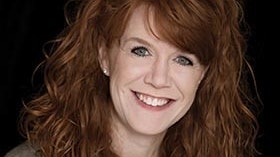Homepage
•
Learning Library
•
Blog
•
Listen to the voice of students
Expand breadcrumbs
Expand breadcrumbs
- Learning Library
- Blog
- Listen to the voice of students
- Homepage
- •
- Learning Library
- •
- Blog
- •
- Listen to the voice of students
Listen to the voice of students
By Shannon Miller
October 10, 2014








